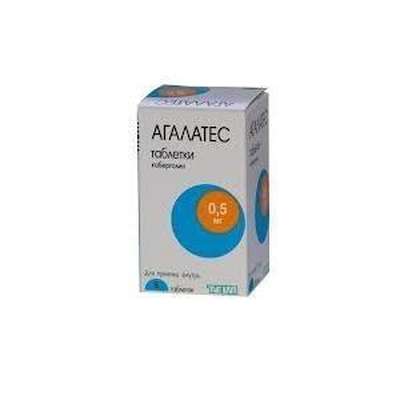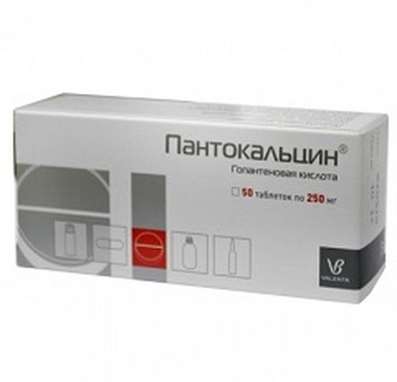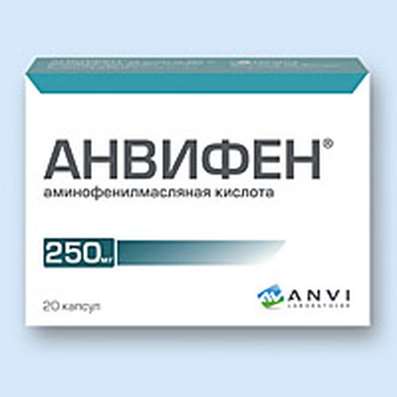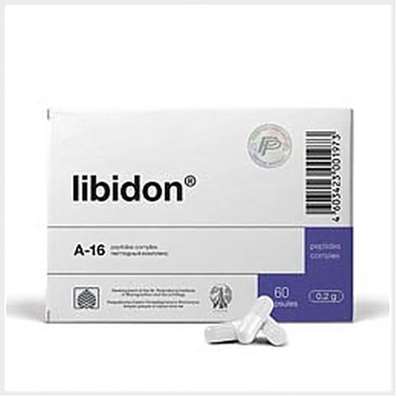Instruction for use: Theophedrin-N
I want this, give me price
Dosage form: tablets
Active substance: Extractum foliorum Belladonnae+ Coffeinum + Paracetamolum+Theophyllinum+ Phenobarbitalum+Cytisinum+ Ephedrinum
ATX
R03DA54 Theophylline in combination with other drugs, except for psycholeptics
Pharmacological group
Bronchodilator combination [Adenosinergic agents in combinations]
The nosological classification (ICD-10)
J43 Emphysema: Interstitial emphysema; Emphysema of the lungs; Chronic lung diseases; Chronic Obstructive Pulmonary Diseases; Obstructive emphysema of the lungs; Chronic emphysema of the lungs; Chronic obstructive pulmonary emphysema
J44 Other chronic obstructive pulmonary disease: Allergic bronchitis; Bronchitis allergic; Asthmatic bronchitis; Bronchitis obstructive; Disease of the bronchi; Difficult sputum separation in acute and chronic respiratory diseases; Cough with inflammatory diseases of the lungs and bronchi; Reversible bronchial obstruction; Reversible obstructive airway disease; Obstructive bronchial disease; Obstructive pulmonary disease; Obstructive bronchitis; Spastic bronchitis; Chronic lung diseases; Chronic nonspecific lung diseases; Chronic Obstructive Pulmonary Diseases; Chronic obstructive bronchitis; Chronic obstructive airways disease; Chronic obstructive pulmonary disease; Restrictive pathology of the lungs
J45 Asthma: Asthma of physical effort; Asthmatic conditions; Bronchial asthma; Bronchial asthma of light course; Bronchial asthma with difficulty in sputum discharge; Bronchial asthma of severe course; Bronchial asthma physical effort; Hypersecretory asthma; The hormone-dependent form of bronchial asthma; Curbing asthma attacks with bronchial asthma; Non-allergic bronchial asthma; Night Asthma; Exacerbation of bronchial asthma; Attack of bronchial asthma; Endogenous forms of asthma; Night attacks of asthma; Cough with bronchial asthma
J98.8.0 * Bronchospasm: Bronchospasm with bronchial asthma; Bronchospasm when exposed to an allergen; Bronchospastic reactions; Bronchospastic conditions; Bronchospastic syndrome; Diseases accompanied by bronchospastic syndrome; Reversible bronchospasm; Spasmodic cough
Composition and release form
Tablets - 1 table.
Paracetamol (in terms of 100% anhydrous substance) 0.2 g
Theophylline (in terms of 100% anhydrous substance) 0.1 g
Caffeine (in terms of 100% anhydrous substance) 0.05 g
Phenobarbital (in terms of 100% anhydrous substance) 0.02 g
Ephedrine hydrochloride (in terms of 100% anhydrous substance) 0.02 g
Extract krapavki thick 0,003 g
Cytisine (in terms of 100% anhydrous substance) 0.0001 g
Auxiliary substances: potato starch; Calcium stearate; Stearic acid; Polyvinylpyrrolidone (povidone)
In contour packing 10 pcs .; In a pack of cardboard 1 or 2 packs.
Description of dosage form
Tablets of white color with a grayish or beige shade, with impregnations, a flat-cylindrical shape, with a facet and a risk.
Pharmacology
Mode of action - bronchodilating.
Pharmacodynamics
Combined drug, has a bronchodilating and spasmolytic effect.
Bronchodilator effect of the drug is due to a combination of methylxanthine derivatives (theophylline, caffeine) with sympathomimetic ephedrine and m-holinolitic atropine.
Phenobarbital eliminates the excitation of the central nervous system.
The drug increases the clearance of the bronchi, expands the vessels of the lungs and lowers the pressure in a small circle of circulation, stimulates the respiratory center, expands the coronary vessels and increases the frequency and strength of the heart contractions, increases renal blood flow and exerts a moderate diuretic effect.
Due to the presence of paracetamol in the formulation, Teophedrin-NŽ has antipyretic and analgesic effects.
Pharmacokinetics
When ingestion paracetamol is well absorbed from the digestive tract. Cmax in blood plasma is reached within 1 h. Metabolites of paracetamol are excreted for 1-4 h, mainly through the kidneys. T1 / 2 unchanged drug from blood plasma - about 3 hours. If the liver and / or kidney function is inadequate, as well as during an overdose, this indicator increases.
Cmax theophylline in the blood is reached after 2.5 hours after taking the pill. T1 / 2 theophylline - 11 hours, the therapeutic concentration of theophylline in the blood is 20 μg / ml.
Atropine, which is the main active ingredient of the belladonna extract, after oral administration, binds to blood proteins by 18%, 50% is excreted by the kidneys unchanged.
Ephedrine is well absorbed in the digestive tract, creating and maintaining the required therapeutic level in blood plasma. Metabolised in the liver, excreted mainly in the urine.
Indications of Theophedrin-N
Diseases of the respiratory system, accompanied by bronchospasm (as an auxiliary):
bronchial asthma;
Chronic obstructive bronchitis;
Emphysema of the lungs.
Contraindications
Increased sensitivity to the components included in the formulation;
Chronic heart failure;
Angina pectoris;
Violation of the coronary circulation;
Disturbance of the rhythm of the heart;
Angle-closure glaucoma;
Hyperplasia of the prostate;
pregnancy;
The period of breastfeeding;
Hyperthyroidism;
arterial hypertension;
Epilepsy and other convulsive conditions;
Children's age till 18 years.
Carefully:
Renal or hepatic impairment;
diabetes;
Violation of urination;
Propensity to develop drug dependence.
Side effects
In rare cases, allergic reactions are possible, tachycardia, heart rhythm disturbance, mental agitation, tremor, dry mouth, decreased appetite, heartburn, nausea, vomiting, headache, sleep disturbance, insomnia, increased sweating, urinary retention.
Interaction
Beta-blockers (propranolol), indirect anticoagulants (acenocoumarol, phenindione), carbamazepine, furosemide, cimetidine, verapamil, antibiotics (lincomycin, macrolides), fluoroquinolones (ciprofloxacin, norfloxacin), MAO inhibitors, hormonal contraceptives, GCS increase the concentration of theophylline in the blood and So may increase the risk of developing its side effects.
Extract krasavki weakens the effect of m-holinomimetikov and anticholinesterase funds.
Paracetamol increases the effect of anticoagulants. The risk of hepatotoxic action of paracetamol increases with the simultaneous administration of barbiturates, phenytoin, carbamazepine, rifampicin, zidovudine and other inducers of microsomal liver enzymes.
With the combined use of ephedrine with MAO inhibitors, severe hypertensive crises may occur due to the suppression of the metabolism of these vasopressor substances. Ephedrine weakens the effect of opioid analgesics and other agents that depress the central nervous system. With simultaneous use with nonselective beta-adrenoblockers, the bronchodilator effect of the drug decreases.
Dosage and Administration
Inside. As an adjuvant for relief of asthma attacks - once for 2 tablets. If necessary, the drug is used 2-3 times a day.
The maximum daily dose is 3 tablets.
Prophylactic - according to 1 / 2-1 table. 1 time a day after meals. To avoid disturbance of night sleep, the drug is taken in the morning or in the afternoon.
Duration of the drug depends on the nature, characteristics of the course of the disease and the therapeutic effect.
Overdose
Symptoms: signs of acute poisoning - nausea, vomiting, stomach pain, insomnia, epileptic seizures, impaired vision. Ephedrine, used in high doses, leads to an increase in the level of glucose in the blood. Lethal oral dose of ephedrine is 1 g. Overdose due to paracetamol (with the development of hepatonecrosis, increased activity of hepatic transaminases and increased MI) occurs after taking more than 10-15 g of the latter and is unlikely to be due to the presence of other active ingredients in the formulation.
Treatment: gastric lavage, artificial vomiting, symptomatic therapy.
Special instructions
To avoid disturbance of night sleep the drug should not be taken in the evening.
With caution, the drug is used in patients with impaired liver function and / or kidney function.
In order to avoid toxic damage to the liver, the drug should not be combined with taking alcoholic beverages, and also to people who are prone to chronic alcohol use. It is not recommended to prescribe the drug to patients with diabetes mellitus, since ephedrine, used in doses exceeding therapeutic, increases the metabolism, thus, leading to an increase in blood glucose levels.
During the treatment period, care must be taken when driving vehicles and engaging in other potentially hazardous activities that require increased concentration and speed of psychomotor reactions.
The preparation contains strong components.
Storage conditions of Theophedrin-N
In a dry, the dark place at a temperature of no higher than 25 ° C.
Keep out of the reach of children.
Shelf life of the drug Theophedrin-N
2 years.
Do not use after the expiry date printed on the package.

 Cart
Cart





